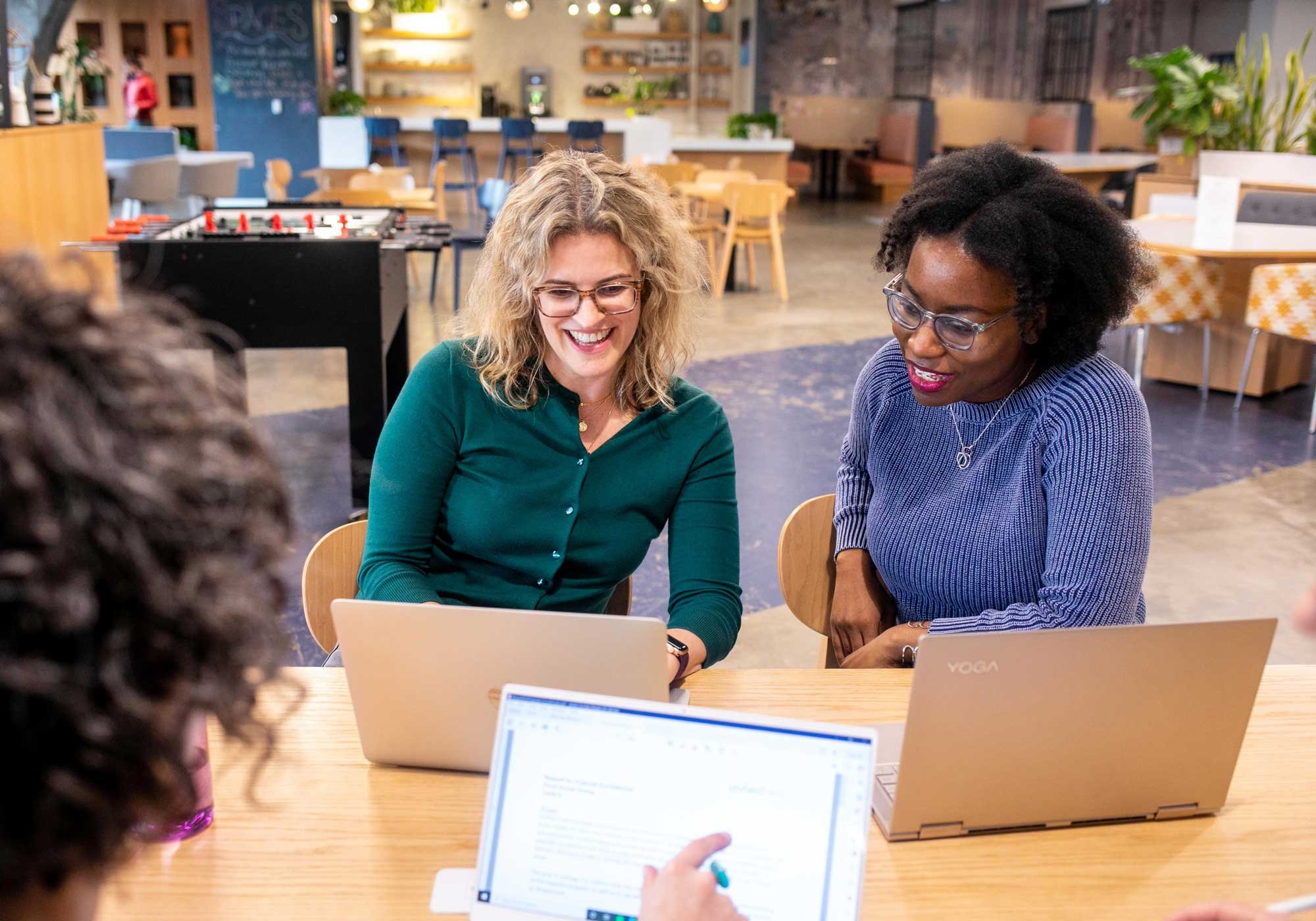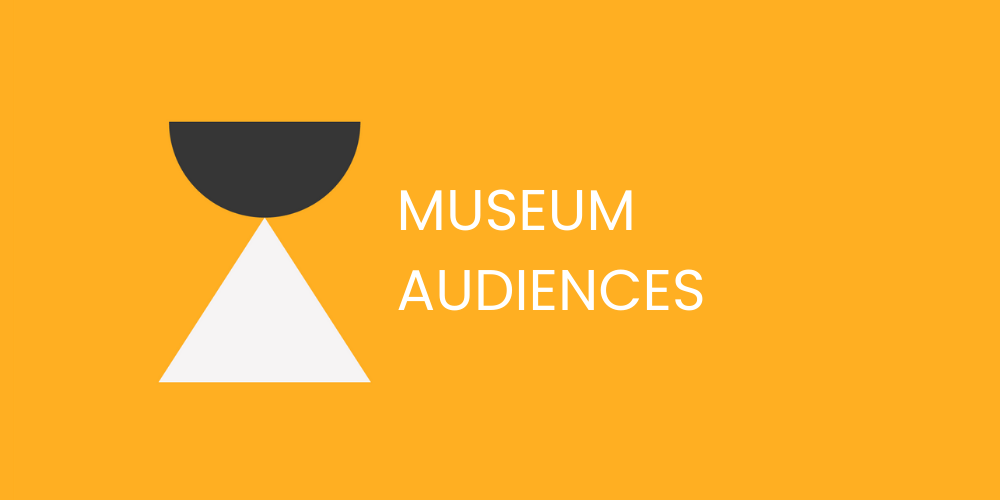
A space for our community to learn alongside us
Insights | Publications | Tools
The latest from our team
Thinking About Art: The Role of Single-visit Art Museum Fieldtrips Programs in Visual Arts Education
In this article, Amanda and Stephanie share the results of two large-scale research studies that examined the impact of art museums’ field trips on K-12 students (pre-pandemic) and discuss how art museums’ teaching supports student empathy and creative thinking.
Anti-racism Pledge: 3-month Update
It has been three months since we pledged our commitment to anti-racist practices: We, individually and collectively, pledge our commitment to being anti-racist—which we recognize as an ongoing pursuit through our everyday actions.
Vision-Driven Leadership: Now More Than Ever
Emlyn Koster urges the museum sector to combine operational recovery efforts with strategic pathways towards a more holistic societal and environmental future.
Museums and Climate Change: A Form-follows-Function Perspective
Emlyn Koster, PhD, delves into why museums should illuminate the environmental and societal impacts of climate change.
If we cannot define “museums,” how do museums survive?
While there is some agreement on what a museum does—collect, preserve, educate—there is not consensus on the museum’s purpose. From our theoretical perspective, purpose is the impact a museum has on people.
Five Ways Evaluators Can Further Accessibility Efforts in Museums
At RK&A, we have been exploring and trying ways to bring accessibility to the forefront of our evaluation work to help museums become more accessible and inclusive for visitors with disabilities. While this is an ongoing process, this blog covers some of the things we are doing.
Sampling: What does "representative" mean during and after coronavirus?
Since the reality of coronavirus set in back in March, our team has been having a lot of conversations about study design.
Social and Emotional Learning is Imperative and in Museum Educators’ Wheelhouse: Part 2
There are other ways art museum educators can play a critical role in promoting social and emotional learning, all the while attending to museum’s audience-focused Diversity Equity Access and Inclusion (DEAI) efforts during this time.
Social and Emotional Learning is Imperative and in Museum Educators’ Wheelhouse
Evaluators know the power of questions. A good question can unlock so much knowledge. And that is what happened for me when I was helping my daughter completing a Social and Emotional Learning (SEL) assignment given to her grade by the school counselor.
Advancing Change: A Case Study of the Romare Bearden Graduate Museum Fellowship
This case study contains insights and considerations for museums interested in starting and sustaining a diversity-focused fellowship program.
An Impact-Driven Approach to Evaluating Citizen Science Programs for Youth
Stephanie Downey and Emily Skidmore’s book chapter in Enhancing STEM Motivation through Citizen Science Programs details the “who,” “what,” “how,” and “why” of evaluating citizen science programs for youth.
The Many Shapes of Formative Evaluation in Exhibition Development
In this article, Cathy Sigmond describes the principles that underlie formative evaluation, showcases the range of ways museum practitioners can integrate formative evaluation into the exhibition development process, and considers how we might evolve and strengthen our traditional approaches to formative evaluation.
Calm Technology in Museums
Cathy Sigmond breaks down Amber Case’s eight principles of calm technology and explores how museum professionals can apply them to designing museum experiences – both analog and digital – that best serve visitors.
10 things to know about quantitative data: A guide for museum practitioners
Based on my experience presenting quantitative results to museums, I came up with a list of 10 things to know about quantitative results so you can better assess their meaningfulness.
Digital Interactive Experiences in a Children’s Museum
This article highlights key findings of our research, focusing on emerging approaches to digital experiences for children in museums, as well as visitor and stakeholder perceptions of and concerns about digital experiences.
Using Critical Appraisal to Inform Program Improvement
This article describes critical appraisal, a method applied by us to help a museum’s education department make data-driven decisions about programming.
Inspiring Planet-Savvy Citizens: Evaluation as a Tool for Organizational and Social Change
This article explores how the National Museum of Natural History and Kera Collective analyzed 10 years of museum evaluation to build the institution’s accumulated knowledge by identifying and understanding trends over time.
Sample Size: What is an appropriate sample for qualitative studies?
Figuring out sample size for interviews can sometimes feel trickier than for quantitative methods, like questionnaires because there aren’t tools like sample size calculators to use. However, there are several important questions to consider that can help guide your decision-making.
Sampling Protocols: How do I know that my sample represents the actual population?
Sampling is a very important consideration for all types of data collection. For audience research and summative evaluations in particular, it is important that the sample from which data is collected represents the actual population.
Sample Size: How many questionnaires is enough?
Sample size is a standard question we are asked, particularly for questionnaires since we will be using statistical analyses. Read about what we recommend and why.
























